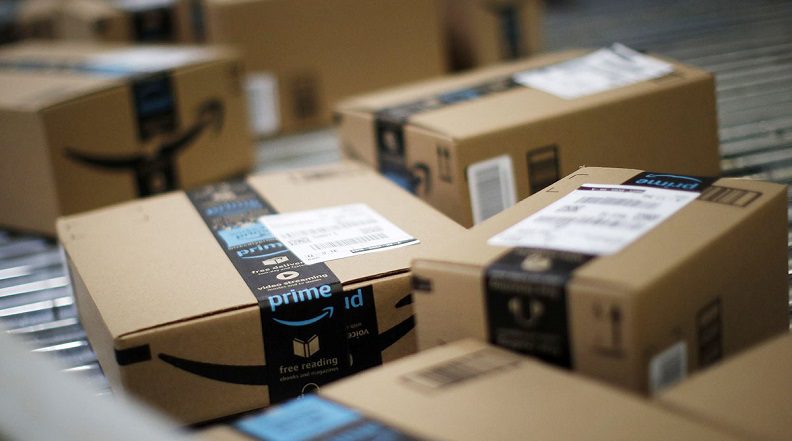 Amazon has dominated the e-Commerce sector in recent years, earning around half of all online purchases. Third-party sellers, or brands that offer their products to consumers through the Amazon marketplace, generated 54% of those sales.
Amazon has dominated the e-Commerce sector in recent years, earning around half of all online purchases. Third-party sellers, or brands that offer their products to consumers through the Amazon marketplace, generated 54% of those sales.
Because of this massive opportunity, small private label brands have experienced a gold rush on Amazon. Over the past few years, brands could list and sell their products on the platform with little to no resistance.
But as Amazon has grown in size and strength, so has the competition. The selling landscape has become increasingly complex, and it’s more important than ever for brands to remain agile. Here are three main ways the landscape has evolved, along with the steps you can take to stay ahead of the game.
The Barrier To Entry Is Tougher
A few years back, it was relatively easy to source a product, list it on Amazon, and let the sales roll in. Recently, around 3,000 new sellers are joining Amazon every single day. So while there is still massive potential for success on the platform, there is more work required to get a product up and running.
Rising costs, ongoing tariffs and legislative decisions around sales tax have complicated the process and raised the investment necessary to get started. Plus there are fewer unsaturated markets, making it more crucial than ever before to launch the right products on Amazon. To stay ahead of the competition, make sure your books are clear so you understand which products are worth putting money and effort into, and which are draining your sales. And make sure that you’re using reliable data to make predictions on new product launches.
The Competition Is Heating Up
More and more brands are recognizing the massive potential on Amazon, plus Amazon itself is selling its own private label products in many markets, directly competing with third-party sellers. The brands that rise to the top are those that are obsessed with remaining agile, constantly learning what’s working. It’s no longer viable to upload your products and hope that sales follow. There are specific steps you should be taking along the way to ensure shoppers can find and purchase your product.
To set your products apart from the competition, make sure to differentiate your product. Price is a powerful lever, but also think about how you can draw shopper attention through your product photos and copy. Why should someone choose your product over the thousands of other options in the search results? Make that value proposition clear through the marketing tools at your disposal, and make sure they’re high quality since shoppers can’t physically pick up and evaluate your product.
Another tactic to employ is driving external traffic. Find what channel works for you, and drive traffic from reputable sites like Facebook and Google to your listings. Amazon likes traffic from these sources, which will result in ranking benefits in Amazon’s search results.
Amazon Algorithm Is More Complex
More than 50% of all product searches start on Amazon, which demonstrates how brands need to view it as a search engine. Similar to how Google has grown in complexity, Amazon frequently makes updates to its A9 algorithm to display the most relevant products to searchers.
It is important for brands to recognize that Amazon’s algorithm favors products that drive three types of behavior: intent, education and purchase. Intent is when a shopper clicks on your listing, adds it to their cart or adds it to their wish list. Education is when a shopper intakes your listing components, like your photos, copy, reviews or videos. And the most ranking power is attributed to an actual purchase.
The A9 algorithm is quite sophisticated, and it’s always being improved. Because there are constant changes, brands must stay in the know on how a shopper’s behavior impacts rank and how that directly affects your products.
Agile Brands Will Rise
While other brands are waiting on the sidelines, you can stay in tune with the changing landscape to ensure that your product gets the visibility and sales it needs. The key to remaining competitive on Amazon is using data to ensure your product listings are positioned for success.
Treat your Amazon pages like a real business. Develop your branding, have an inventory plan, provide outstanding customer service and utilize the listing optimization tools at your disposal. You’ll find that you can leverage Amazon’s market domination for your own gain. And remember to stay agile to get ahead of the competition who may be paying less attention.
Lindsey Tod is the Product Marketing Manager at Viral Launch. As an early hire at the fast-growing technology startup, she has observed the evolution of the Amazon marketplace, gaining a deep understanding of what it takes for brands to be successful. Tod runs her own six-figure Amazon brand and has trained tens of thousands of Amazon sellers through one-on-one coaching, training guides and online courses.




